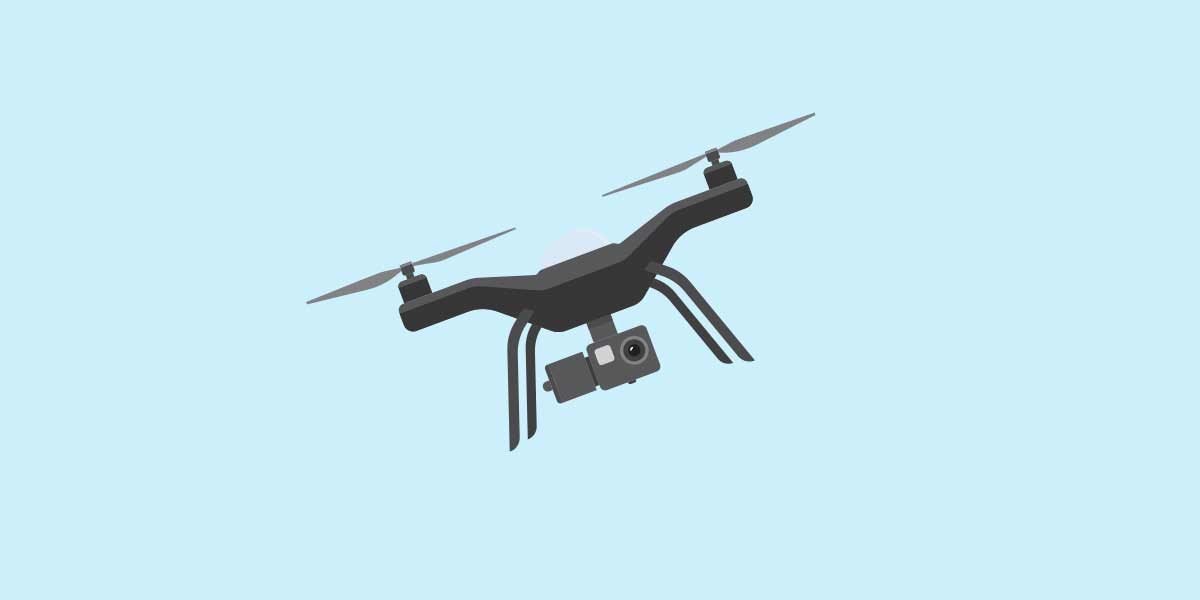A little over four months ago in March, the Indian government had implemented new drone rules. But late on Wednesday night, in a sharp U-turn, the government proposed to backtrack on those rules and issued an all new draft to replace the previous rules which came into force in March.
The changes proposed under the new draft drone rules are significantly different from the current rules which were widely considered to be too stringent and restrictive, especially from a compliance point of view.
The headline change in the new draft rules is a proposal to abolish a host of approvals that industry stakeholders were mandated to obtain from the government under the March rules, and replace that with a self-certification regime.
Approvals for unique authorisation number, unique prototype identification number, certificate of conformance, certificate of maintenance, import clearance, acceptance of existing drones, and operator permit, among others are all proposed to be done away with.
Ten industry executives that Entrackr spoke to confirmed that the March rules personified a very hard-handed approach towards drone regulation in the country, which led to a lot of heartburn within the industry.
“Definitely a welcome move for the industry, it’s going to give all the legitimate manufacturers a lot of freedom and space for development, testing and operations…it’s business and innovation friendly,”Ankit Mehta, co-founder of ideaForge, one of India’s largest drone makers, told Entrackr.
The draft rules were widely seen to have been influenced by the appearance of rogue drones being used for terror activities in border areas. Just last month, two drones were used to attack the technical area of the Jammu Air Force Station. The subsequent acquisition of technology to counter rogue drones by the IAF, among others, is one of the key drivers behind the revision of the rules.
We have reached out to the Civil Aviation Ministry for more details and will update the story when they respond.
One key thing to note is that compared to the rules notified in March, the new draft offers no protection for people’s privacy from the arbitrary use of drones and the collection of their biometric data by law enforcement agencies.
The current rules say that drone operations must be done without infringing the privacy of people or their property (and even that was a privacy nightmare). However, the new draft does not mention the word privacy at all.
The draft also proposes that the import of drones and drone components will be regulated by the Director General of Foreign Trade (DGFT).
“We believe there should be a relook on component import oversights, as it limits local manufacturing,” Mehta of ideaForge said.
Another major revision that the draft proposes is to give the industry time to come to terms with the ‘No permission – no takeoff’ (NPNT) protocol. The draft says that following notification, a time period of six months will be given to drone makers to implement the NPNT protocol in their drones along with real-time tracking and geo-fencing capabilities.
NPNT has been a difficult architecture from an implementation point of view and while both the previous drone rules — the first one released in 2018 and the second one in March 2021 — had mandated NPNT from day one, to this day only 42 drones have been certified NPNT compliant by the government.
The draft also proposes to establish a drone promotion council to facilitate a business-friendly regulatory regime.
Other key provisions of the draft include fully developing the Digital Sky platform and covering drones that weigh up to 500 kilograms to include drone taxis. No flight permission would be required upto 400 feet in green zones and upto 200 feet in the area between 8 and 12 kilometres from the airport perimeter.
The Civil Aviation Ministry has called for comments on these draft rules until August 5 and it is expected that PM Modi will release the final version of the rules on August 15.














